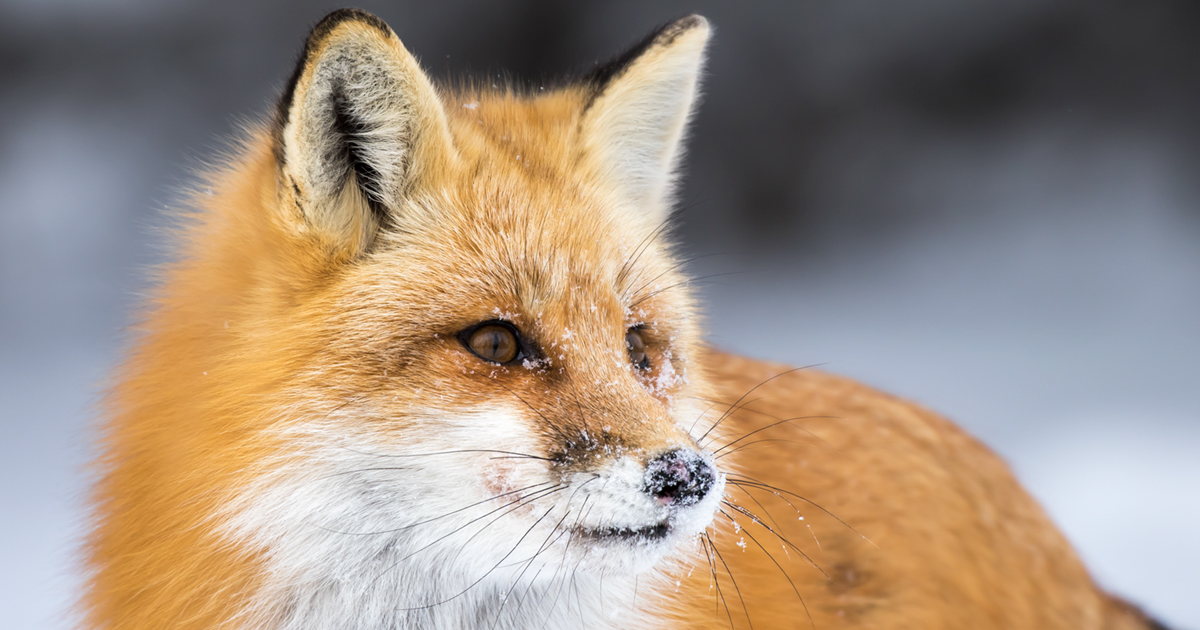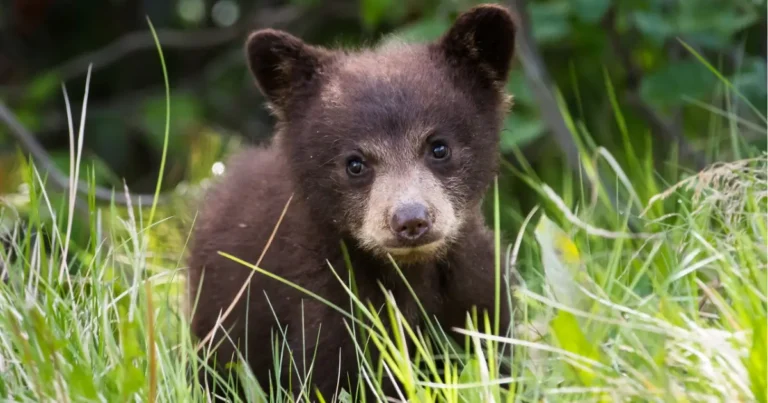
The Fur-Bearers believe that compassionate communication is paramount in our efforts to #MakeFurHistory, and having the right information available makes advocacy more effective. We’ve put together five fast facts that can play a significant role in creating conversation to educate friends, family, and anyone else who has questions about fur – or may need to be taught why the fur industry is inherently inhumane:
- Fur trapping is real.Leg-hold traps, Conibear-style traps, snares, and other traps are still used across Canada to catch and ultimately kill fur-bearing animals. Some, such asleg-hold traps, are designed to hold an animal against their will until a trapper returns – at their convenience. Others, such asConibears or snares, are designed to kill, but studies have repeatedly shown they fail to do so, causing grievous injury or trauma. When they do kill as intended, it can still take several minutes for an animal to die. They are all indiscriminate.The Agreement on International Humane Trapping Standardsis a trade agreement – and does not in any way guarantee a trap is “humane.”
- Fur farms are horrifying.Thousands of highly territorial, semi-aquatic mink are kept in wire-bottom cages the size of two sheets of paper placed next to each other. They have no access to running water, in which they’d ordinarily spend more than half their time. Those not kept for breeding are killed by gas or anal electrocution, and then skinned. This treatment is the same for foxes, the other animal primarily kept in fur farms in Canada.
- Fur doesn’t need to be labelled in Canada.There are currently no laws requiring fur to be labelled, unless it has been removed from the skin (which isn’t common). Because of this complete lack of legislation, there is frequently misinformation and disinformation about whether a product is faux fur or real. More on that soon.
- Fur isn’t green (or the only option).One of the most common defenses of the fur industry is that theirproducts are green, and the alternatives aren’t. Fur farms create copious amounts of waste and run off, and still require processing. Some faux trims are petroleum-based, which can have environmental impact. But, faux or fur aren’t the only two options: going fur-free completely is the greenest, most humane choice.
- You can make a difference.Talking to your friends, family, and neighbours about fur makes a real difference. The greatest protection the fur industry has is the lack of knowledge of the general public. By sharing posts from The Fur-Bearers on social media (Facebook/Twitter/Instagram), to buying a#MakeFurHistory advocacy pack, to simply letting your peers know why you won’t be buying or wearing fur, you make a real difference in the lives of animals.
You can be a part of the movement to #MakeFurHistory – and it all starts with a compassionate conversation.

